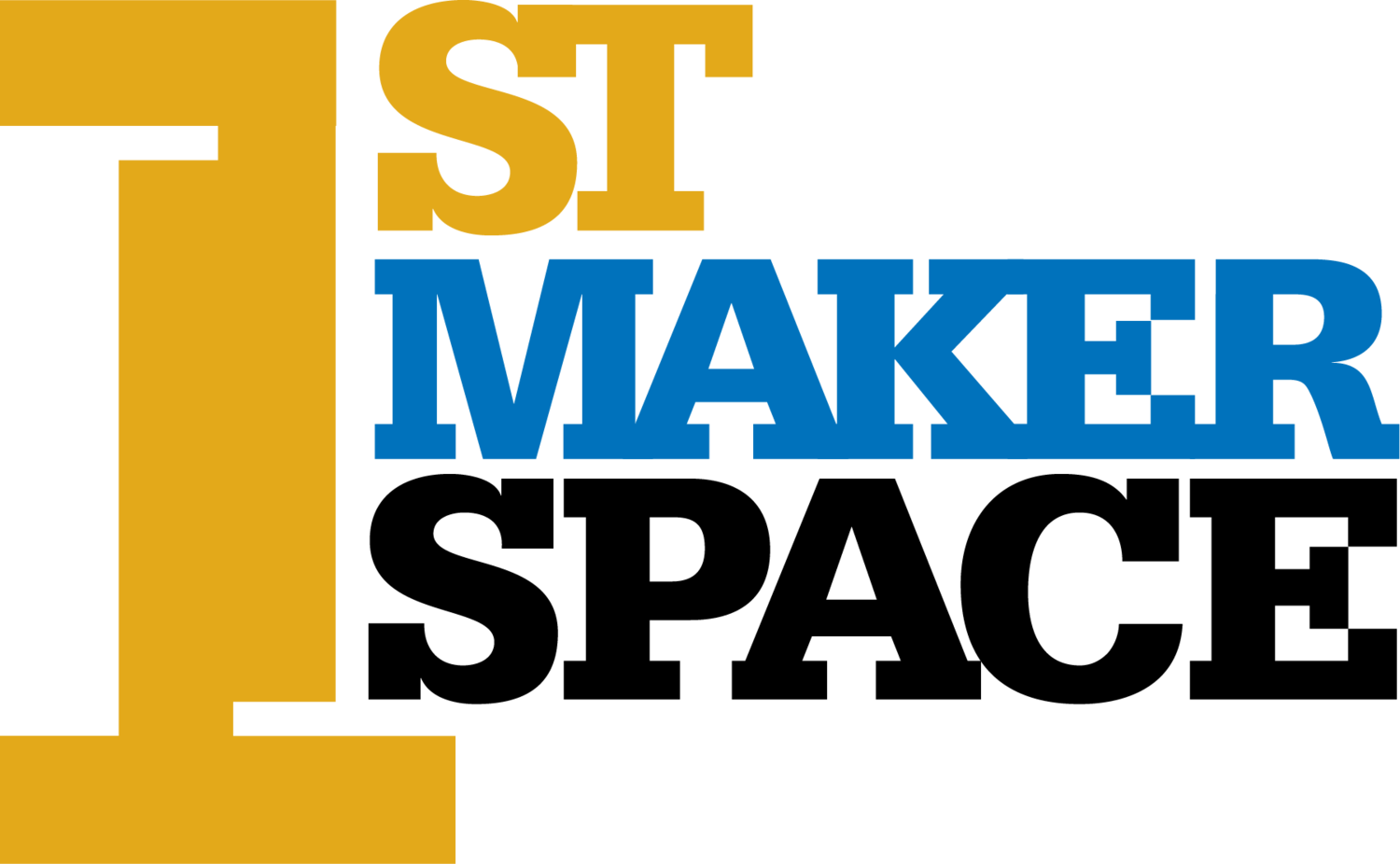The Education 3D Printing Ecosystem
It’s not a Printer – It’s a Piano
By Kim Brand, CEO/President of 1st Maker Space, LLC
Now that the buzz has faded from the urgency to have every student master 3D printing by 3rd grade (we did our part: training over 1000 kids how to use them our summer camps), it’s time to assess the outcomes of this experiment.
Expectations are everything. In the case of 3D printers, the hype with which 3D printing was introduced far exceeded the reality. For a few thousand dollars what early adopters bought was a problem delivery device. I say that because we owned hundreds of them and every single one of them was a problem waiting to be solved. Consider it another form of PBL!
Today, when I deliver a 3D Printer, I caution the teacher to imagine that it is a piano. Nobody gets angry if the delivery man drops off a piano and the student can’t play Rachmaninov. I’ve bought $500,000 3D printers, and they behave the same way. Until you learn to play, you are just making noise.
3D printing is the last chapter of a thick book including design, 3D modeling, quality control, materials, mechanics and manufacturing methods. It helps if you understand the arcana of ‘slicing’ – the software that turns an STL file (what the 3D drawing program produces,) into a printable GCODE file. (Read this great tutorial about Cura for more about that.) Studying every chapter is probably not necessary or effective for teachers. But motivated students who have the time and interest will devour the whole book in a weekend!
3D Printers present no less a challenge than competitive sports. The teacher is a like a coach. We celebrate student athletes’ persistence and tolerance for frustration. The same will be true of learning anything – especially 3D printing!
3D printers deliver no educational value if the student doesn’t see the project through from design to completion. The feedback this cycle provides is critical to understanding the ‘design rules’ for these ‘new tools.’ (Here is a great article on How to Design Parts for FDM Printing.) Teachers should consider having students work in teams; partly because 3D printing is so slow but also because the collaboration generally leads to better designs.
The type of 3D printer that is most useful in schools is known as an FDM printer. That stands for Fused Deposition Modeling. Basically, they squirt out hot plastic the way a glue gun squirts out hot glue. Imaging the glue gun operated by a robot. Layer by layer, over and over, the desired shape grows. This is incredibly slow – sometimes it takes over an hour per inch of height – because each layer’s thickness is comparable to the thickness of a human hair.
Many kinds of filaments are available that suit different needs. You can buy filaments in many colors and chemistries. Some produce rigid parts, some flexible, some glow in the dark! A 1 kilogram roll of filament is about $30 and lasts over a month of printing. We recommend PLA (Poly Lactic Acid) because it’s made from corn starch and smells like waffles and syrup when melted.
Because 3D printers are precision machines, they require precision calibration. 80% of the problems that schools have with 3D printers are getting the extruder aligned with the build surface they squirt the plastic onto. Other concerns include getting the melting temperature right, adjusting the gap between the build surface and the extruder, and clogs or kinks in the filament.
3D printers come in a wide range of sizes, prices and capabilities. You get what you pay for. We sell them in the $1000-$2000 range and include delivery, setup, and calibration. We also sell professional development and service plans to protect your investment. You can find 3D printer kits for as little as $100, but how much time are you willing to put into making it work and keeping it working?
We recommend smaller/economy 3D printers for schools – something with a print volume of 5”-8” cube. Your focus should be on giving more students a reliable 3D printing experience, not production capacity or size. We recommend having two or three economy printers rather than one big/fast one. This allows the equipment to be shared with other classes in your building for true cross-curricular benefits.
The market for 3D printers is also constantly changing. We have been a Robo 3D
distributor for the past 12 months, and we just learned that they are changing their model and no longer selling their two main printers - the C2 and R2. We will now distribute and service the Adventurer 3 and Inventor 2S from FlashForge.
These machines are precision ‘tinker toys’ and require periodic maintenance. They also break and require repair. While most include a warranty, we recommend a service agreement to maximize up time and minimize frustration. Buy your 3D printer from someone you trust with a local service capacity and a track record of keeping their customers happy!
FOR A LIMITED TIME: Mention this article with your inquiry about our free makerspace design services and get a free copy of 3D Printing For Dummies!

